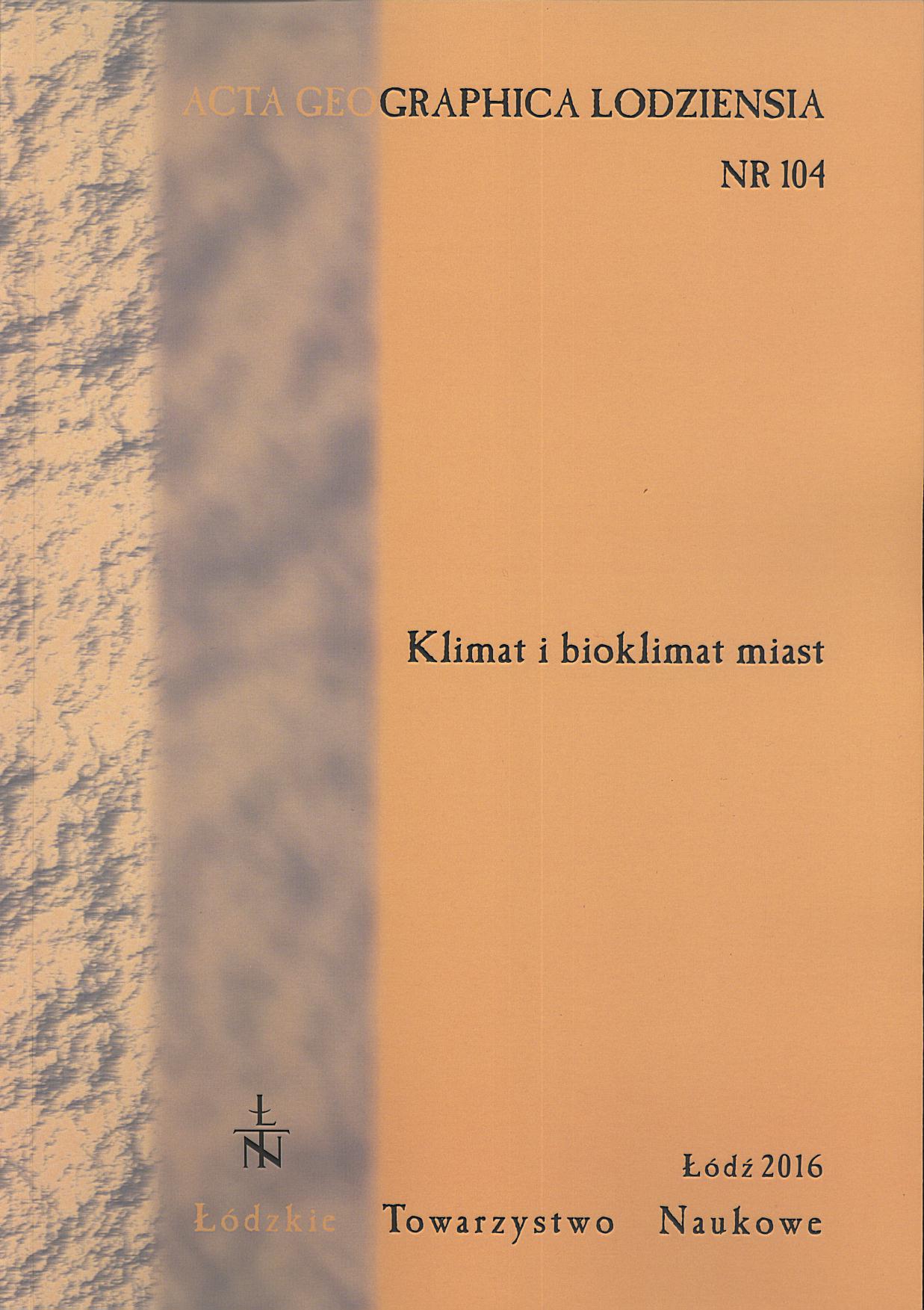Ocena potencjału energii słonecznej w Warszawie z wykorzystaniem modelu r.sun
Estimating solar energy potential in Warsaw with the „r.sun” model
Author(s): Bartosz Czernecki, Katarzyna JabłońskaSubject(s): Geography, Regional studies, Environmental Geography
Published by: Łódzkie Towarzystwo Naukowe
Keywords: solar radiation; shading; photovoltaics; renewable energy; r.sun, GRASS; GIS modeling; Cities on Power
Summary/Abstract: According to the EU climate change policy, Poland is obliged to cover at least 15% of its energyconsumption with renewable energy resources by 2020. To reach this target, widespread investmentsin renewable energy are required, especially in urban areas where over 70% of EU energy productionis consumed. Therefore, local initiatives are raised in order to deliver an interactive tool to supportcitizens in the decision making on new means of energy supply. This is also a significant opportunityfor a wide range of GIS specialists and urban climatologists to provide reliable and fully interactivemaps of e.g. solar potential, which allows citizens and decision makers to estimate how much energythey can derive in a specific point from solar panels, when they can expect a return on their investmentand how it will affect the natural environment. On the other hand, there are not many methodologicalstudies that may cover the gap and provide clear suggestions about using devices such as GIS toolsthat might be applied for this kind of research. Therefore, the aim of this study was to shed light on ourexperiences with creating a solar potential map for the city of Warsaw within the framework of „Citieson Power” project.Simulations were based on a simplified 3D model of the buildings in Warsaw. The main part ofthe simulations was conducted using the „r.sun” module dedicated to GRASS-GIS 6.4. Introductoryresults were validated against airborne images providing a high quality of created methodological assumptions.The entire simulation for the area of over 517,000,000 m2 was run on a high-performanceGNU/Linux machines. To limit the final size of the database, the results were clipped to contain surfaceof rooftops only, using a binary data type (i.e. 0 – shadow, 1 – sunny) and synthetic atmosphericconditions (i.e. taking into account annual changes of sun declination, cloudiness, Linke atmosphericturbidity coefficient, etc.) as provided for engineering purposes by the Ministry of Infrastracture andConstruction. Such a solution enables the following calculations: direct, diffuse and total solar radiationfor every square meter of a building’s surface in Warsaw, which were later coupled with onlinescripting solutions.The obtained results show that almost 70% of roof surface in Warsaw is not directly impacted bythe shadow of the neighboring buildings at any time of year. These statistics vary significantly in particulardistricts of the city, from only 45% of „never shaded” conditions in the city center up to almost80% in the most external districts.
Journal: Acta Geographica Lodziensia
- Issue Year: 2016
- Issue No: 104
- Page Range: 57-66
- Page Count: 10
- Language: Polish

